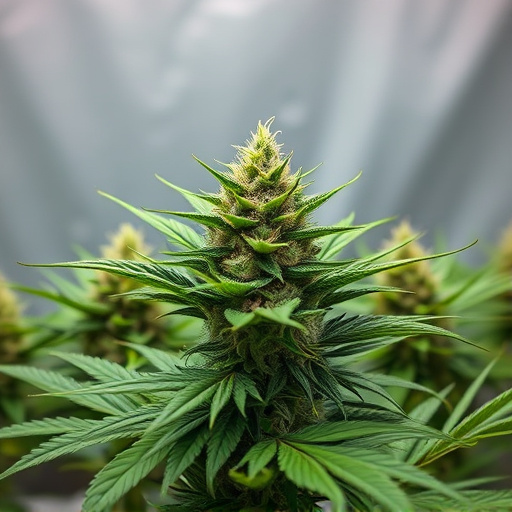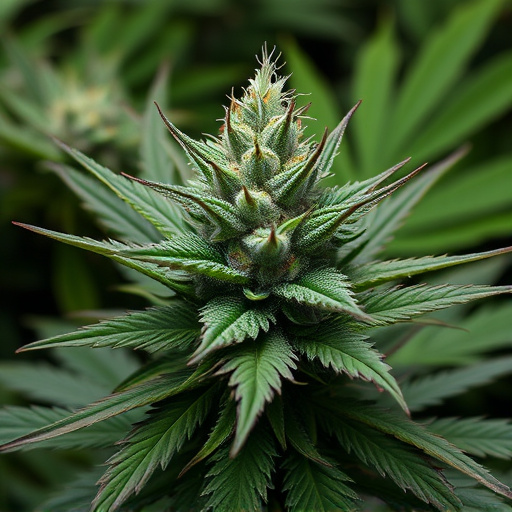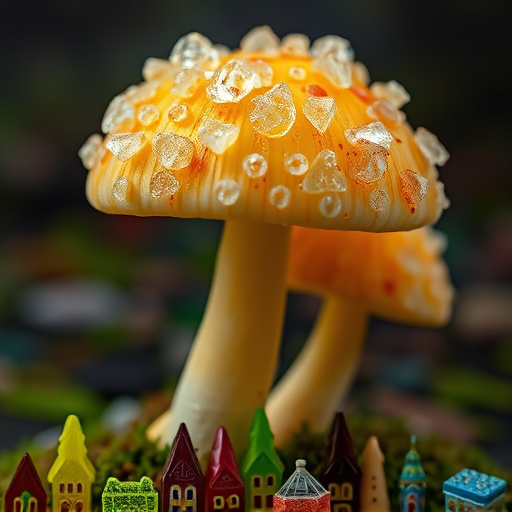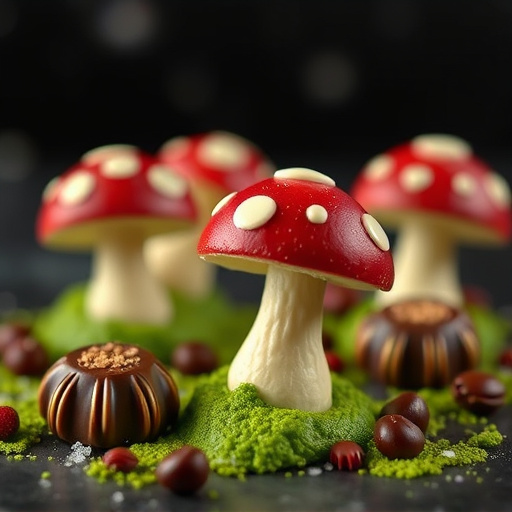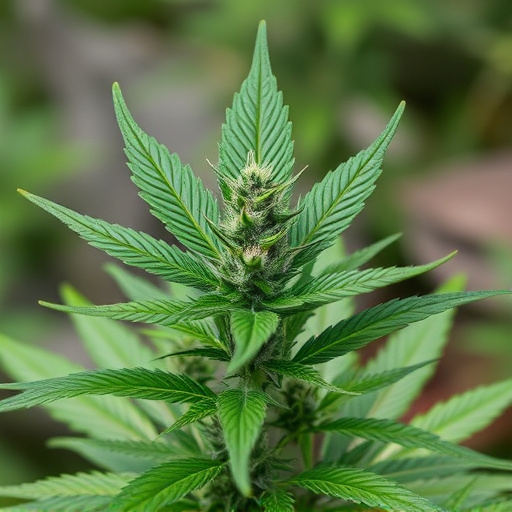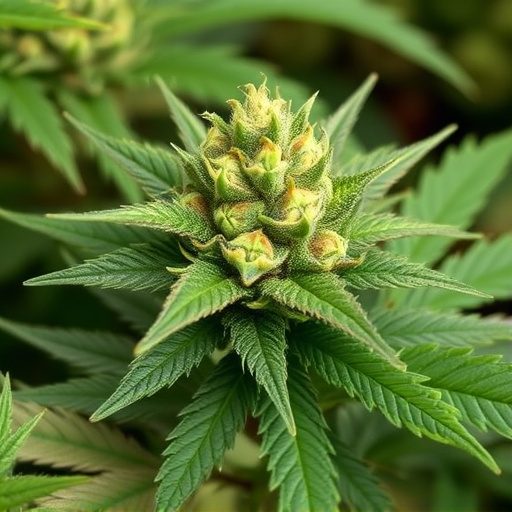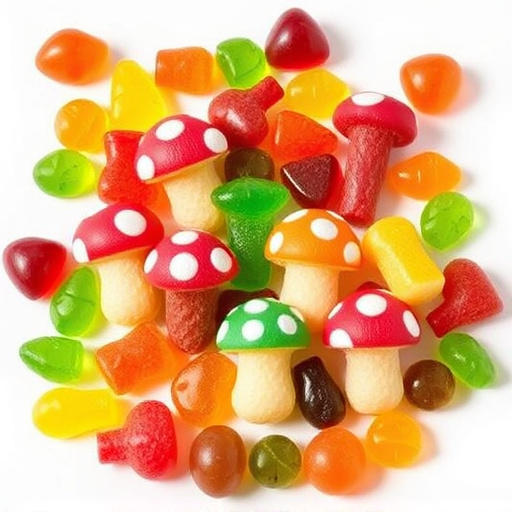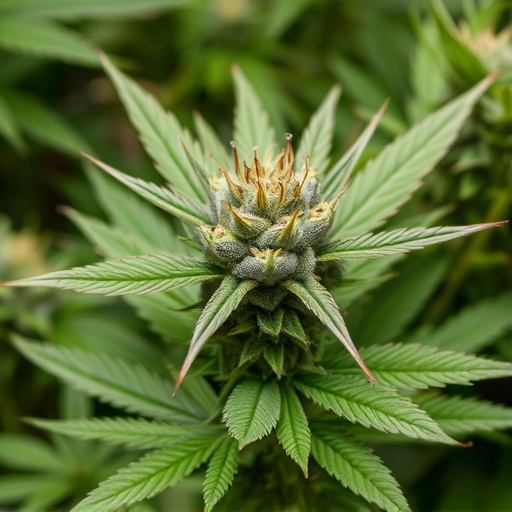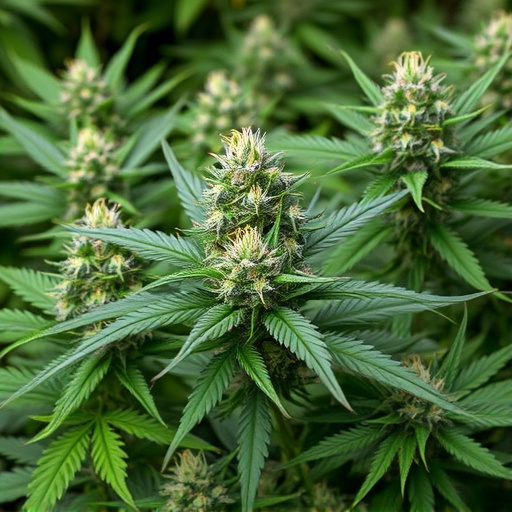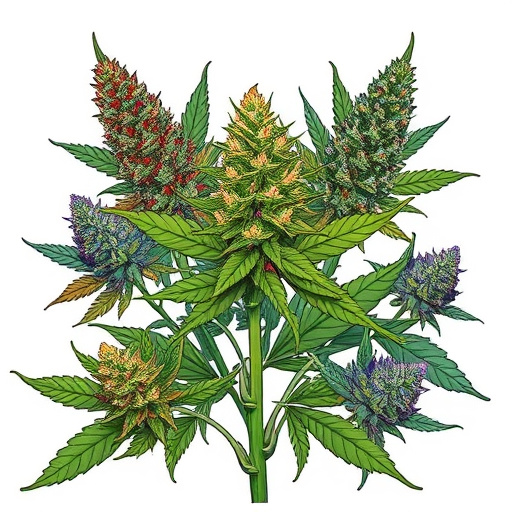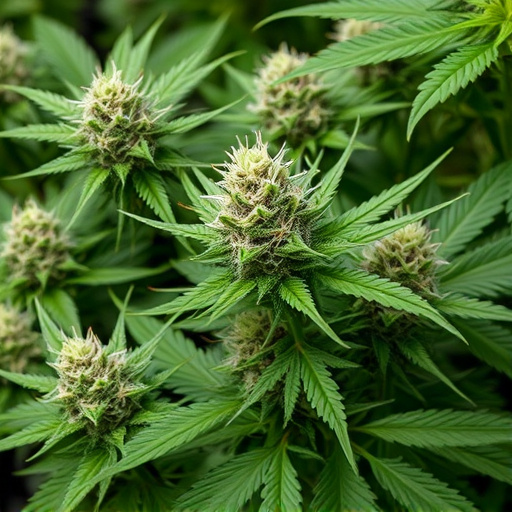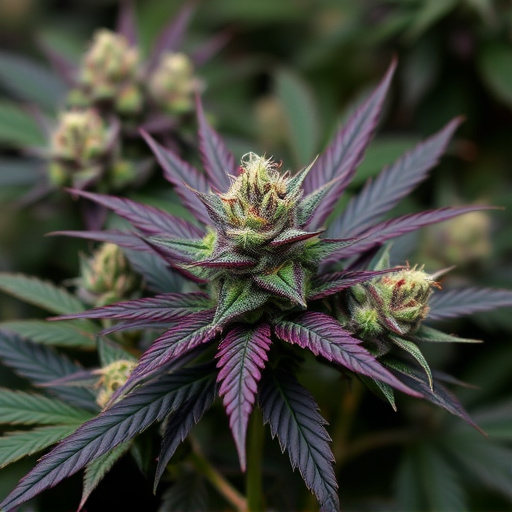Proper harvesting, cool temperatures (below 20°C), humidity control (40-50%), and airtight storage with carbon filters are crucial to maintain the potency of medical marijuana strains. The ideal harvest time is when trichomes are milky/cloudy, balancing effectiveness, taste, and scent. To prevent degradation, avoid light, heat, oxygen, excessive humidity, and mold by storing strains in cool, dark, and humidified airtight containers.
“Unraveling the mystery of cannabis potency loss is essential for medical marijuana patients and cultivators. This comprehensive guide explores the factors that contribute to the decline in effectiveness over time. From the moment of harvest, through storage, and into ageing, we delve into the science behind cannabinoid stability.
Learn how timing, environmental conditions, and decarboxylation play pivotal roles in preserving the potency of medical marijuana strains, offering practical insights for optimal preservation.”
- Harvesting and Storage: The Initial Decline in Potency
- – Timing of harvest and its impact on cannabinoid levels
- – Factors affecting potency during storage
Harvesting and Storage: The Initial Decline in Potency
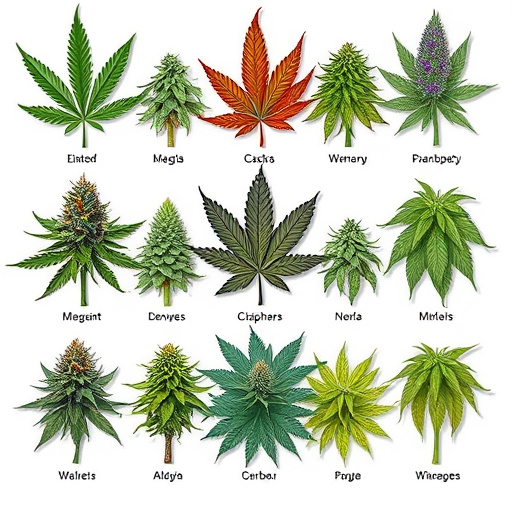
Harvesting and proper storage are crucial factors that impact the potency of cannabis flowers, especially for those using medical marijuana strains. The moment a plant is harvested, the natural decline in potency begins. This initial decline is often attributed to the degradation of cannabinoids like THC (tetrahydrocannabinol), which is responsible for the primary psychoactive effects associated with cannabis.
During storage, the rate of potency loss can vary based on several factors: temperature, humidity, and light exposure. For instance, storing cannabis in a cool, dark place, such as a vault or a tightly sealed container, can slow down the degradation process. Ideal conditions are typically below 20°C (68°F) with humidity levels around 40-50%. Using airtight containers lined with carbon filters is also beneficial as it minimizes oxygen exposure, which accelerates the aging process and reduces potency.
– Timing of harvest and its impact on cannabinoid levels
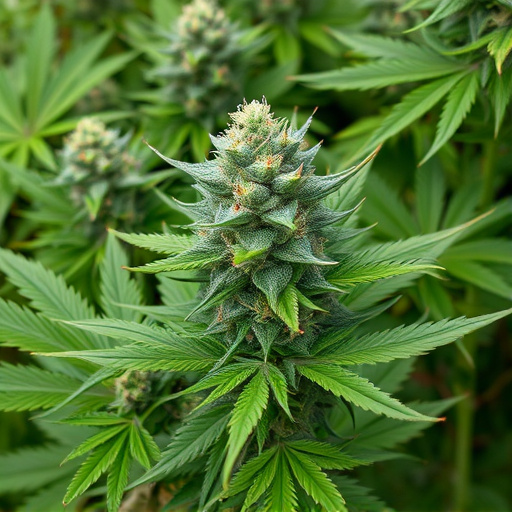
The timing of harvest plays a crucial role in determining the potency and overall quality of cannabis flowers, especially for those using medical marijuana strains. During the flowering phase, plants naturally produce cannabinoids like THC and CBD, which are responsible for their therapeutic effects. However, these compounds are not static; their levels fluctuate over time. Harvesting too early can result in lower cannabinoid concentrations, as the plants may not have reached their peak maturity. Conversely, harvesting late might lead to a decrease in desired traits like flavor and aroma, as well as an increase in moisture content, which can negatively impact storage and potency.
For medical marijuana patients seeking consistent efficacy, understanding this dynamic is essential. Growers often recommend harvesting when the trichomes—small glandular hairs on the flowers—are milky or cloudy, indicating a balance between cannabinoid production and other desirable characteristics. This timing ensures that patients receive flowers with optimal potency, flavor, and aroma, catering to their specific medical needs.
– Factors affecting potency during storage

The potency of cannabis flowers, especially those derived from medicinal marijuana strains, can significantly diminish over time and during storage. Several factors play a crucial role in this process. One of the primary contributors is exposure to light, heat, and oxygen—a combination that accelerates the degradation of cannabinoids, including THC and CBD. Therefore, proper storage in an airtight container, ideally in a cool, dark place, is essential to preserving potency.
Another factor affecting potency is humidity. Excessive moisture can lead to mold growth, which not only compromises the quality but also poses health risks. On the other hand, too little humidity can cause the plant material to dry out and lose its effectiveness. Maintaining an optimal environment, often achieved with specialized storage solutions, ensures that medical marijuana strains retain their potency for extended periods.
As time passes since harvesting and during storage, cannabis flowers’ potency naturally wanes. Understanding the optimal harvest window and implementing proper storage practices are key to preserving the integrity of medical marijuana strains. By recognizing the factors that contribute to potency decline, cultivators can ensure patients and consumers receive products with consistent and effective cannabinoid levels.
